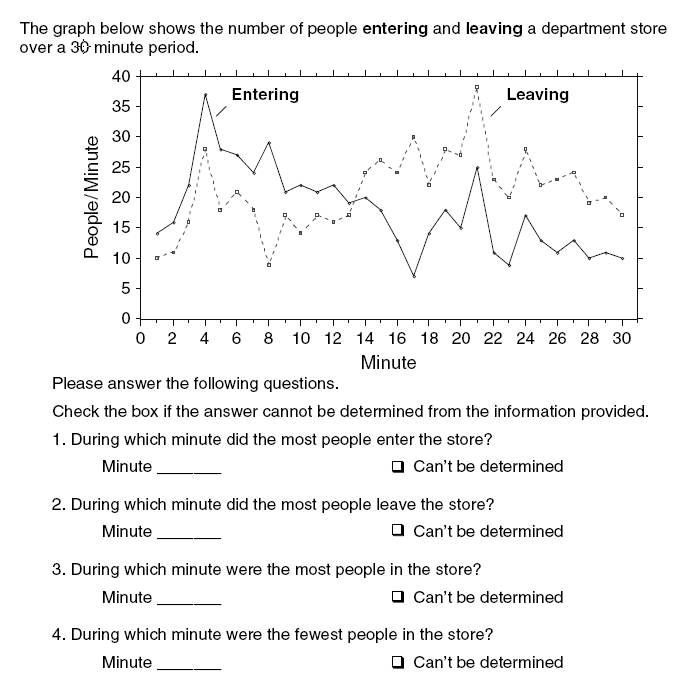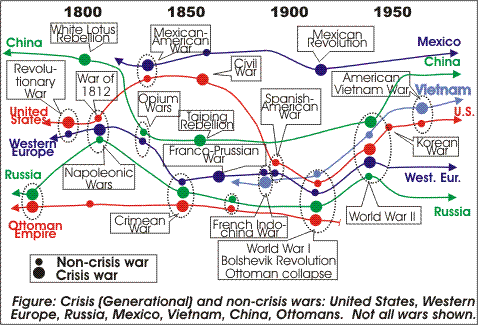
Originally Posted by
Croakmore
> John, let me take another track that veers away from the sharp
> criticism I may have applied too tediously, which I am wont to
> do. Maybe the principles I am looking for, regarding dynamical
> support for your GD infrastructure, can be argued sucessfully
> using those principles that operate in fluid dynamics, thus
> preserving your interest in surface waves. Those principles in a
> fluid-dynamics context are often seen to comprise the
> infrastructure of certain complex, self-organizing systems,
> capable of generating order out of chaos. And, in the context of
> dissipative structures (systems with high energy demands and high
> entropy production that operate "far from equilibrium"), I am
> wondering if co-oscillating harmonics might shed some light on
> your theory.
>
http://www.baw.de/vip/en/departments...w/frqw-en.html
> Everything you seem to require is there: mathematical and
> statistical modeling, oscillating behavior, integrated time
> series, collapsing wave functions, Cartesian projections. I
> especially like the torus model for coupled oscillators, which
> allows you to identify key perturbations in your dynamical
> system. (I recommend trying to locate some of the visual modeling
> approaches used by Ralph Abraham and Christopher Shaw.) But there
> are other references that allow for embedded oscillations and
> perturbations in a torus metaphor.
This is actually very close to what's going on, but I can't think of
anything in Generational Dynamics that corresponds to the exogenous
force of the moon's gravity.
The Generational Dynamics oscillations are driven completely
endogenously by independent elements ("people") that can act in any
way they want. Nonetheless, they do form "complex, self-organizing
systems, capable of generating order out of chaos," as you describe.
Why do generational patterns have four "strokes" per cycle? It has
nothing to do with gears and bolts, and it has nothing to do with an
exogenous force like the moon's gravity.
The four "strokes" come from the fact that the time for a person to
come of age (20 years) is equal to about 1/4th of the maximum
lifespan (80 years). It's as a result of that simple arithmetic that
there are four generations per cycle.
To see this more clearly, suppose that intelligent life has evolved
on another planet, but the maximum lifespan is 90 years, and children
come of age when they're 15. I've proven that this species would
have to follow exactly the same generational paradigm as humans, but
it would be a "six stroke" engine, rather than four strokes.
Let's speculate about what this six-stroke generational pattern would
look like. To simplify things, let's call the six turnins 1T, 2T,
3T, 4T, 5T, 6T = crisis.
And let's call the six Archetypes 1A (Prophets), 2A, 3A, 4A, 5A, 6A
(Artists).
...
So as you can see, there's nothing magic or fixed about the four eras
in the generational paradigm. Four is simply the number of
generations in a human lifetime. As far as I can tell, it would
work similarly if that number were 3 or 5 or 6 or 7.
Originally Posted by Croakmore


